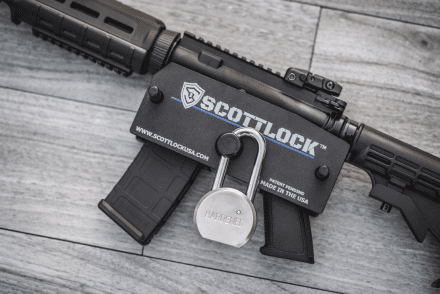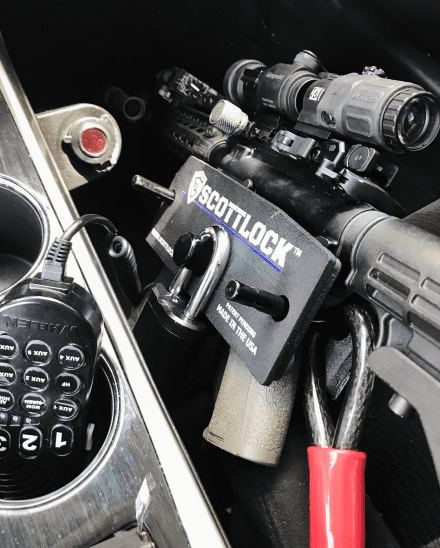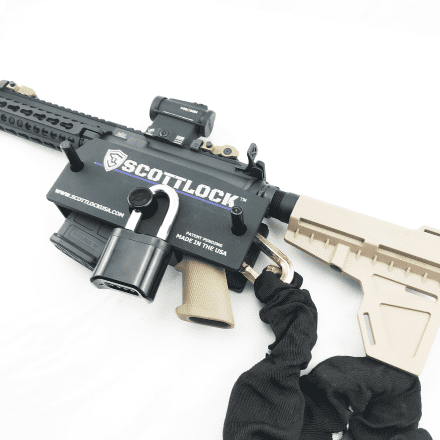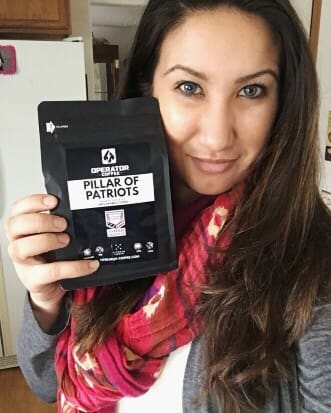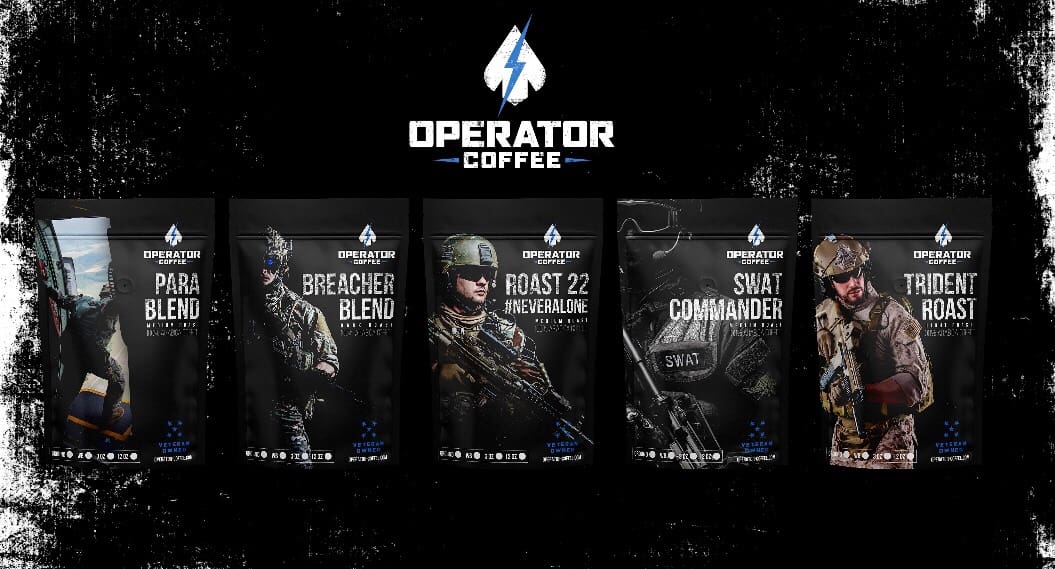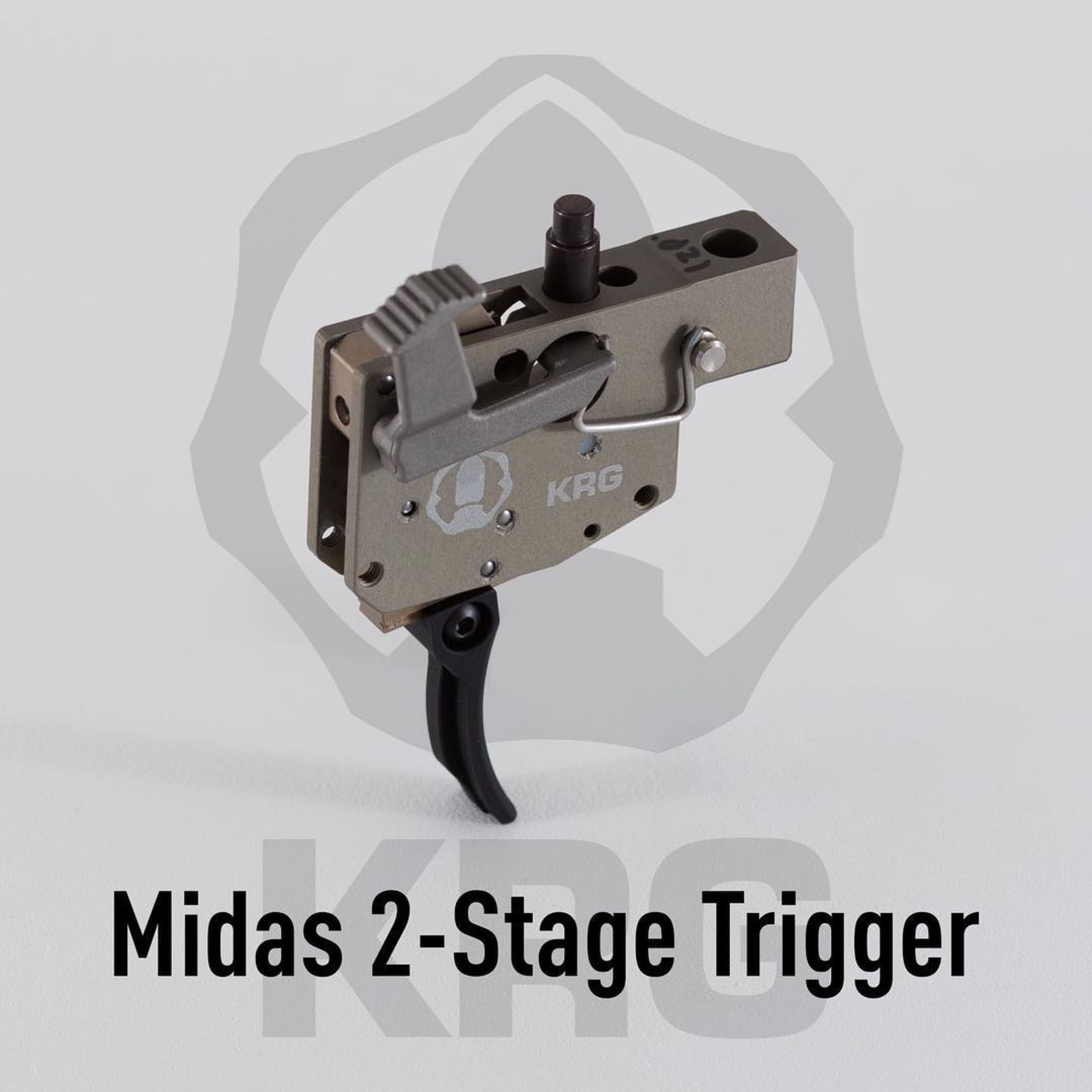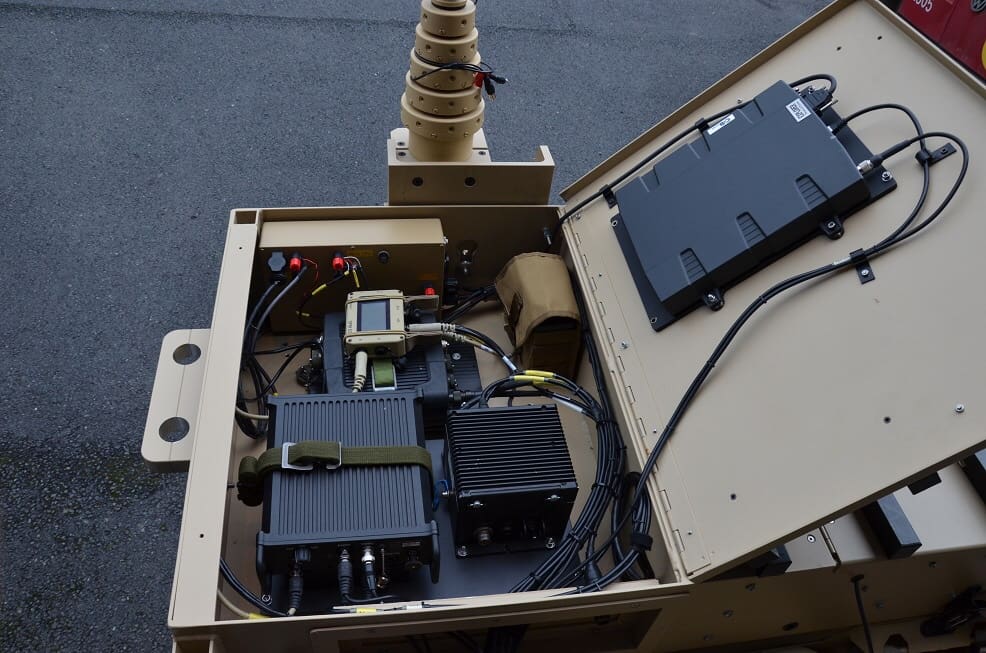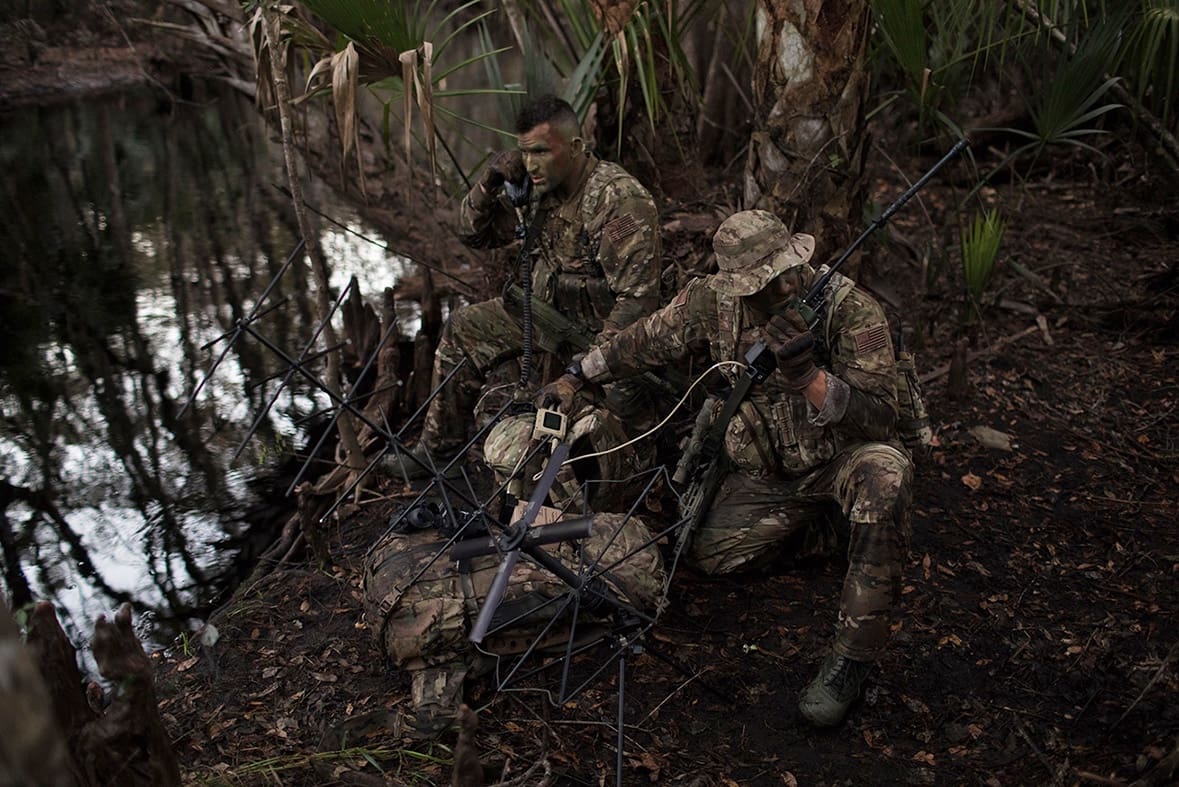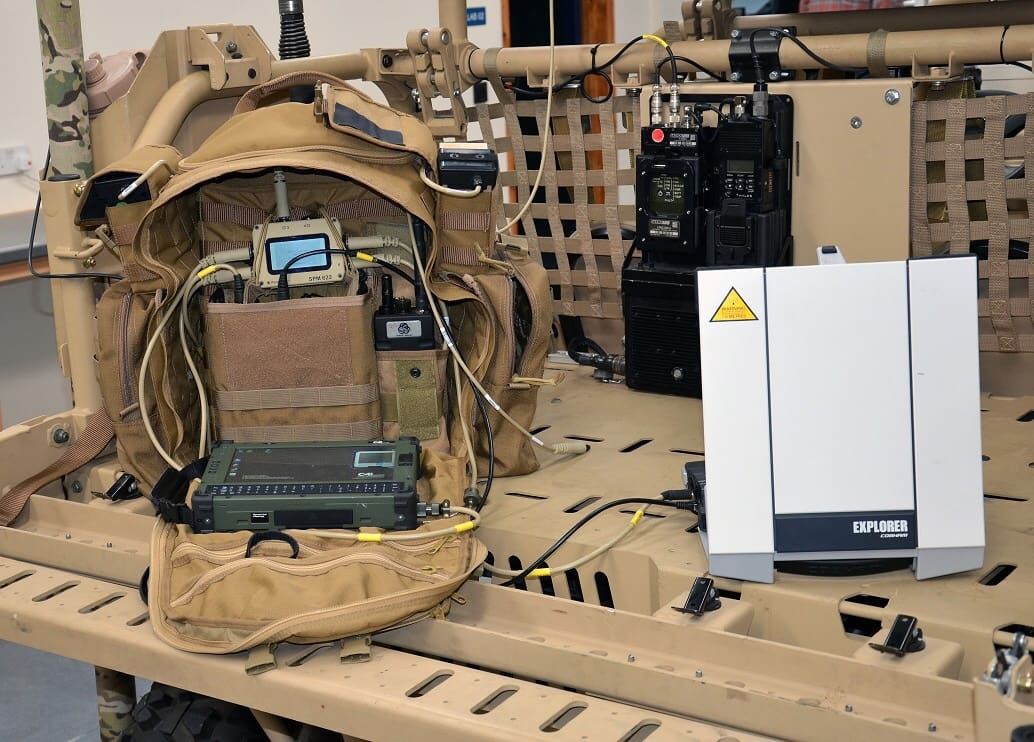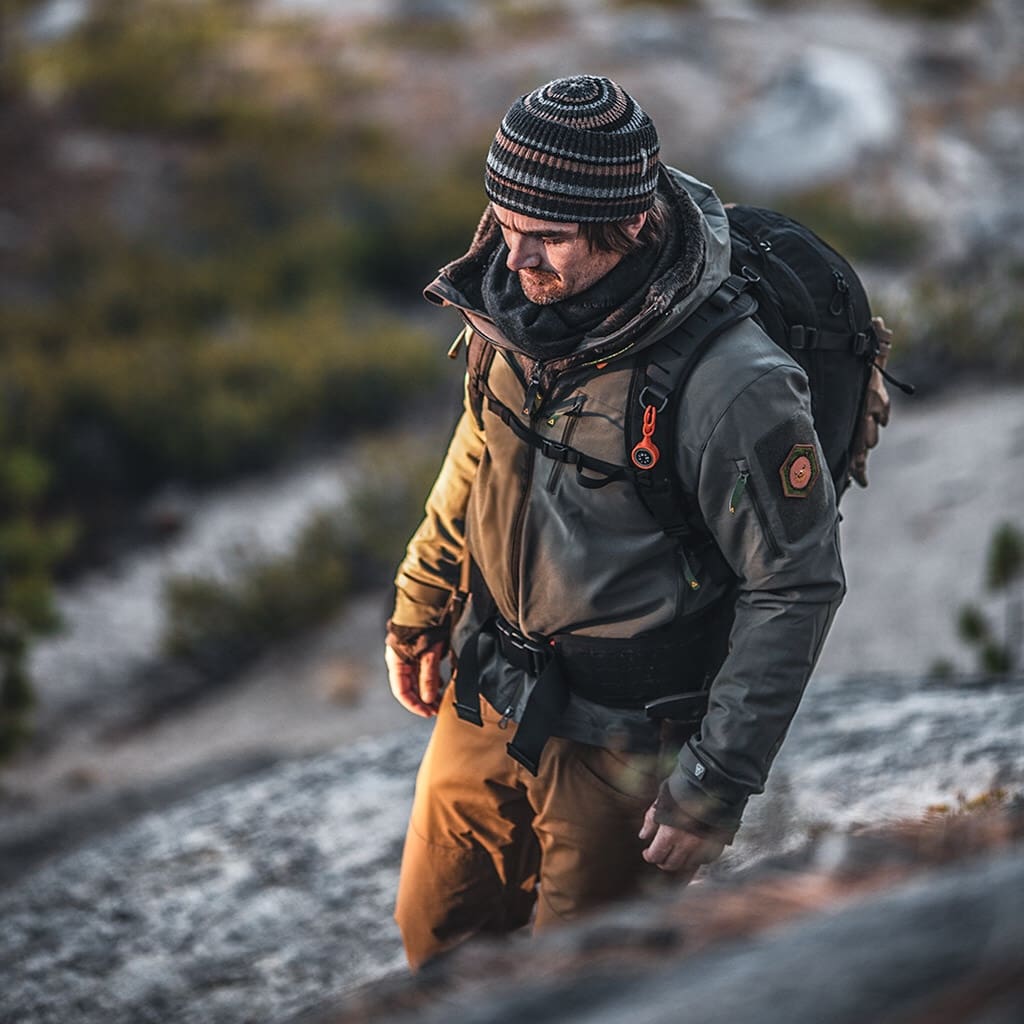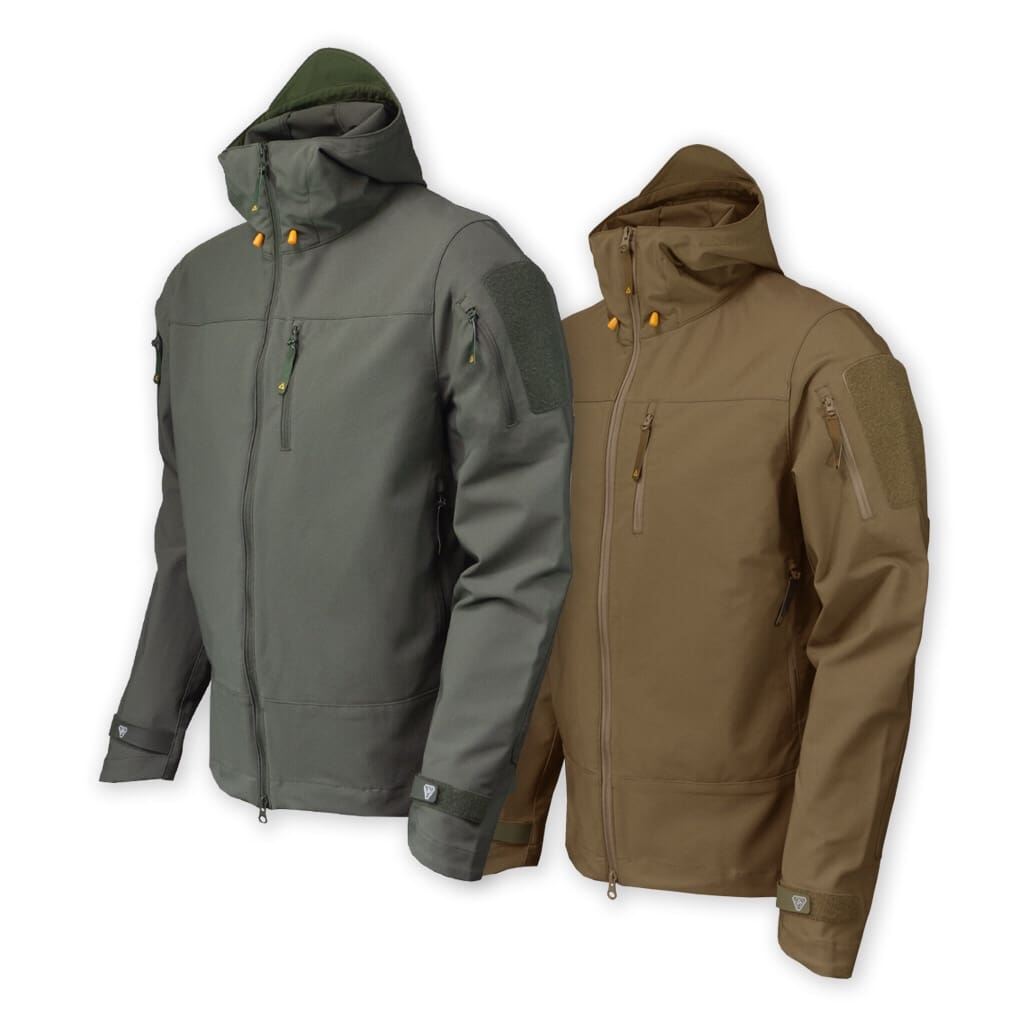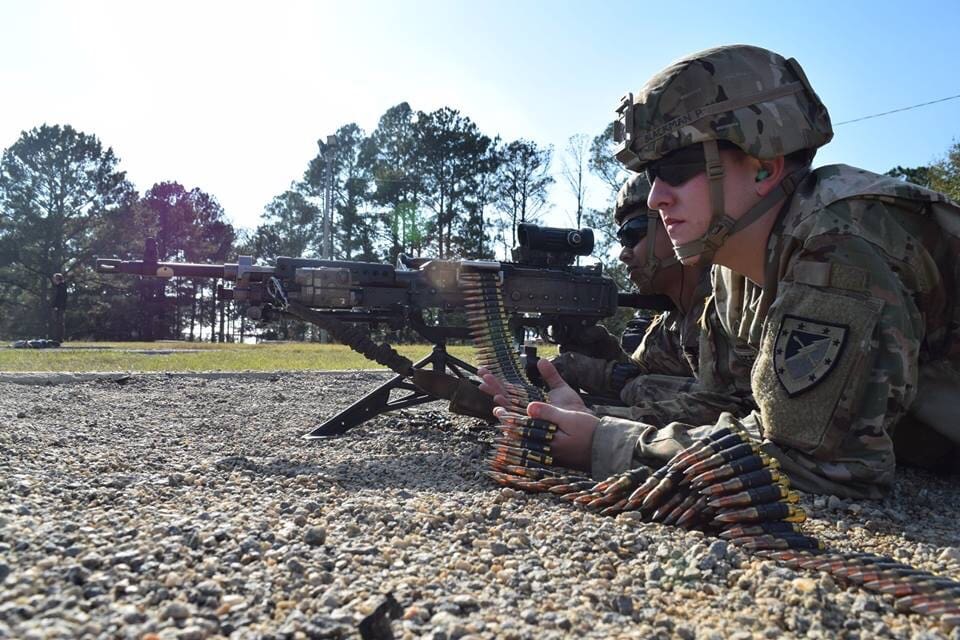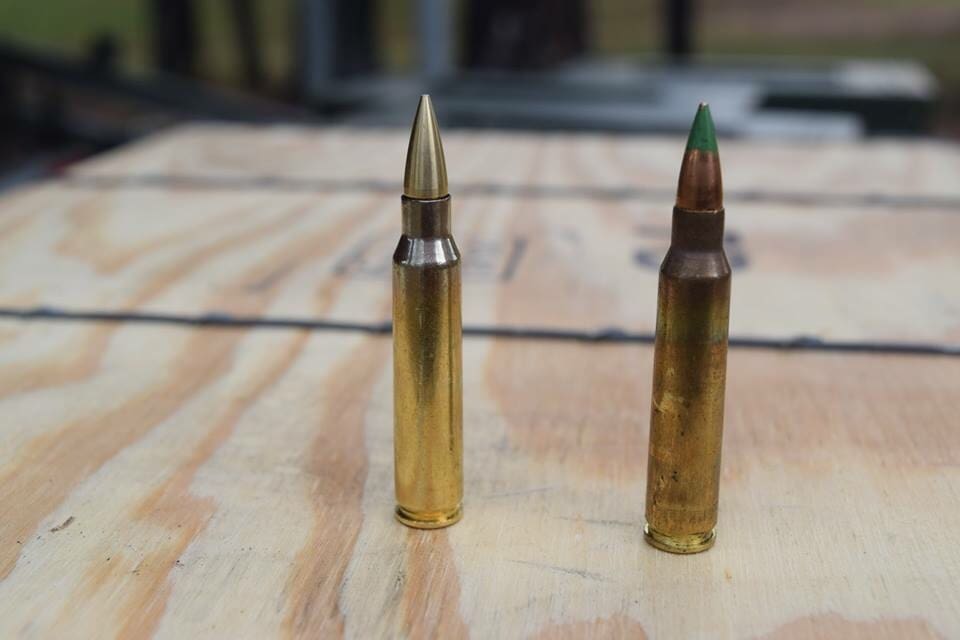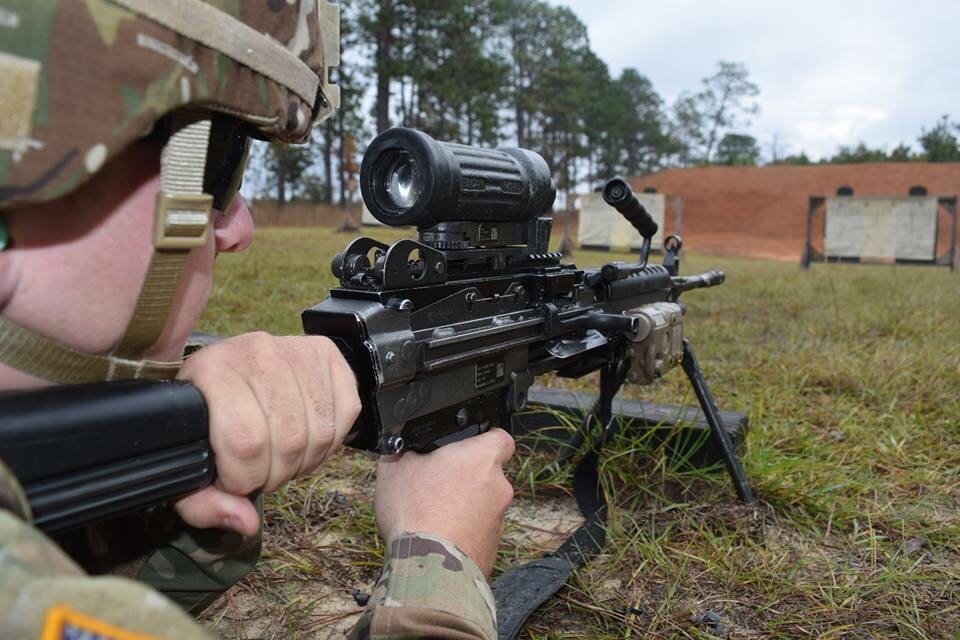Pim de Waard is the inventor and he is going to be the 1st Dutch Long Arms licensee, placing it on the market.
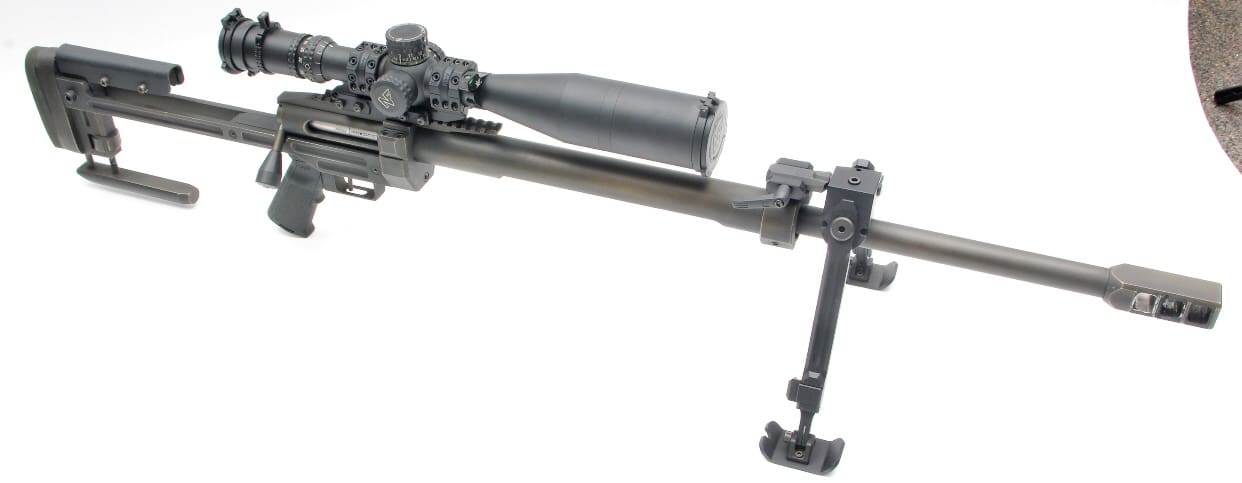
A childhood dream. Pim de Waard, known to most shooters as the founder of Pirosport in Krimpen aan den IJssel the Netherlands, already began drawing guns as a young boy. At the age of five he made his first design, with the lines neatly drawn along the ruler. He showed it to his mother, with the kind request to bring that design to a factory to produce the gun. Obviously not much came of that.
A few decades later the situation is very different. Pim now builds long range rifles himself and thought of the summit: the King of 2 Miles competition in France, shooting at the unlikely distance of 3,225 meters. It was clear that he had to build a gun himself, but what should it look like? Pim invented a new bolt action system. Then he designed an actual rifle around it. There is only one prototype, with the baptismal name Ascalon, but that exceeds all expectations.
Simple
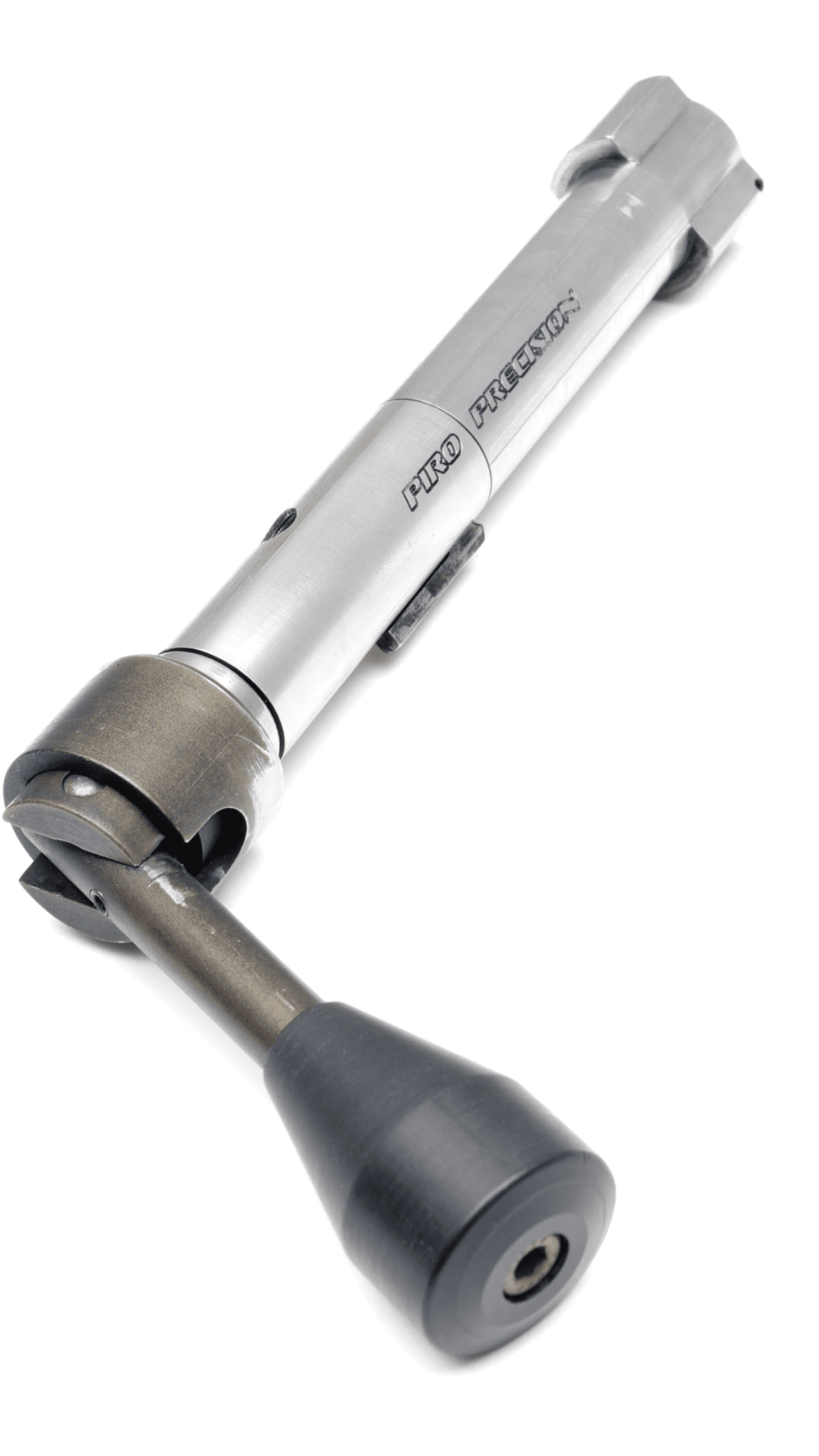
Like all good ideas, Pims bolt action system is simplicity itself. And like all simple things, it is quite difficult to explain. But we are going to try. We first have to look at what a bolt action actually does.
With most rifle systems, the bolt has two different movements when opened. First the bolt handle is turned upwards, and then the entire bolt is pulled backwards. When the bolt handle is raised, two things usually happen: the striker with the firing pin is cocked, and the extraction cam provides primary extraction.
You can write books about this notion, but with a bolt action it usually comes down to the following: the locking lugs and their counter pieces in the action are beveled. Thanks to this bevel, the upward movement of the bolt handle not only ensures that the bolt rotates, but also allows that it is forced a bit backwards by means of the extraction cam. The case, which was pressed against the wall of the chamber by the gunpowder gases, is then pulled out of the chamber a little. Hence ‘primary extraction’.
It is a wonderful idea, but sometimes it has its problems. For instance for long range shooters, the kind of people that only get interested by a target over a kilometer. To give a bullet a decent path at such distances you need a significant load. This can lead to problems with the primary extraction, especially if also the firing pin has to be cocked. And a jammed cartridge case often means the end of the game.
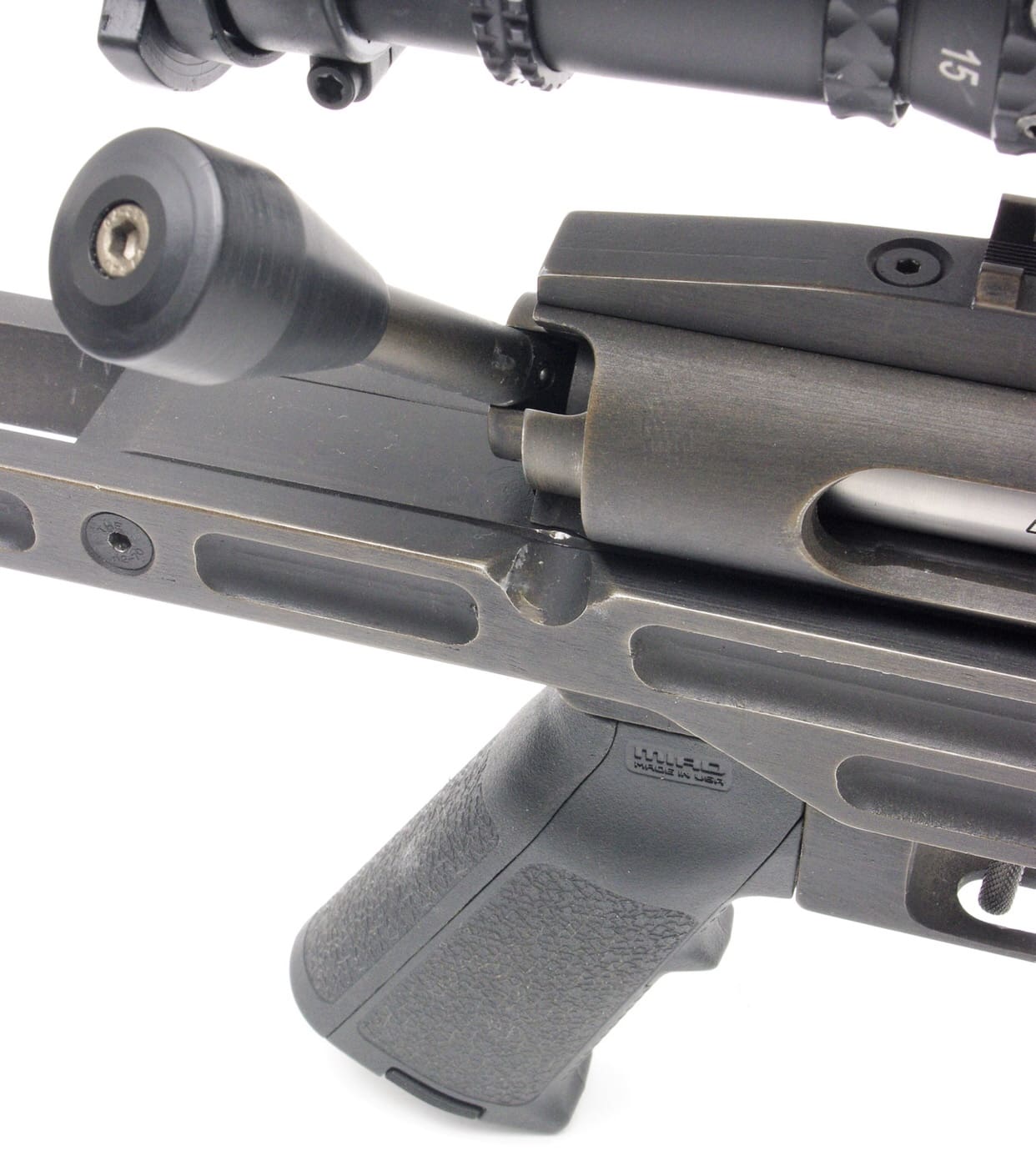
The starting point of Pim de Waard was to separate the cocking of the firing pin and the primary extraction. With that, he thought, the bolt could also be of a simpler design, with fewer machine operations.
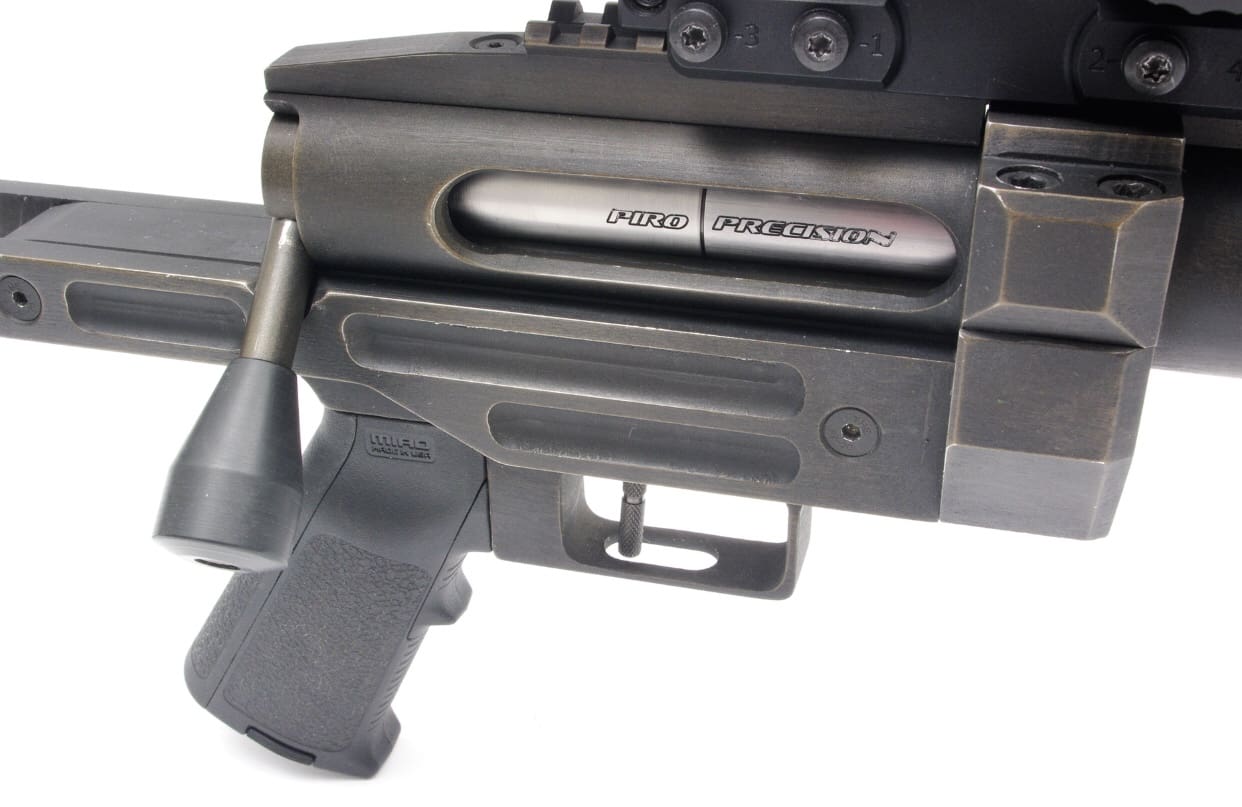
Instead of two movements, Pim’s bolt makes three. To begin, the bolt handle is lifted up. As a result the firing pin is cocked and the two opposite locking lugs rotate free from their counterparts in the action. However, the bolt does not move backwards.
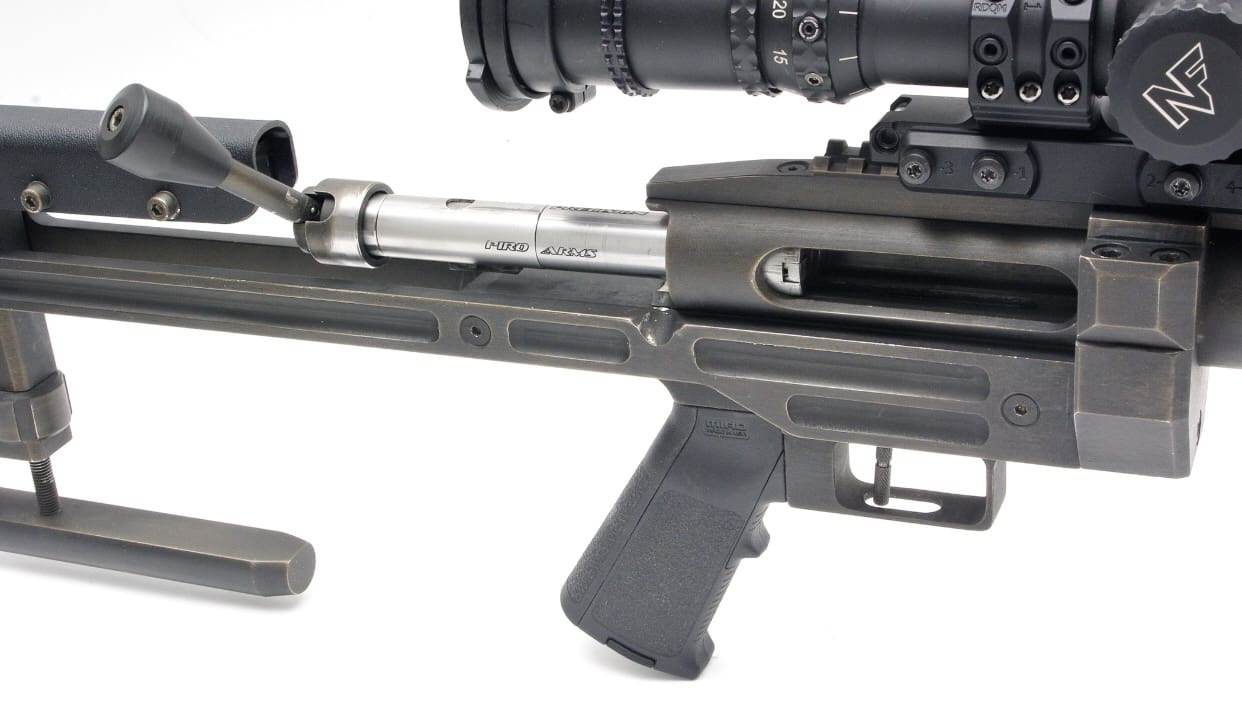
In step 2, the bolt handle pivots backwards relative to the bolts main body. This causes the main body to be forced backwards (we explain below how that works) and pulls the cartridge case out of the chamber – the primary extraction. Finally, in step 3, the entire bolt is pulled back, pulling the cartridge case completely out of the chamber. In practice, step 2 and step 3 merge almost unnoticed.
Lever

The secret of the primary extraction, and at the same time the essence of the invention, is the combination of a ring around the back of the bolt, and the bolt handle acting as a lever. The bolt handle is held on a vertical axis in the main body, and can thus be pivoted. At the top, the bolt handle is received into a hole in the ring with a pin. When the bolt handle is pulled backwards, the bolt handle rotates around its axis urging the ring forward, but the ring engages the action. As a result, the bolt handle pulls the bolt backwards by pushing away from the action through the ring. The bolt handle acts as a lever, with the ring as a support.
The ring also has another effect. It ensures that the bolt is exactly in line with the firing chamber at each shot. The bolt is supported at the front and back. This in contrast to conventional systems. This is important for long-distance shooters. If the bolt is not completely straight in front of the chamber, the bottom of the cartridge case is not fully straightened (we are talking about fractions of millimeters). This affects the internal and external ballistics.
Striker
Because of the construction of the bolt handle and the ring, there was no more room for a conventional (rearward) trigger connection with the striker. Pim solved that problem by moving the striker, de spring and the firing pin a few centimeters forward. Around the strikers position there is a rotatable bushing, so that the bolt has the same diameter along its entire length. This bushing prevents dirt and debris from fowling the magazine.
The striker works basically the same as with a normal bolt action rifle. The notch of the striker protrudes through an opening in the bolt. This opening is almost triangular, with the sloping side (the cocking cam) at the front. When the bolt is turned in step 1, the sloping side pushes the notch of the striker backwards until it is held by a corner of the opening. This causes the spring of the firing pin to be tensioned.
The different parts of the bolt (the front with the extractor and locking lugs, the striker with firing pin and spring, the bushing, and the back with ring and bolt handle) are held together by a cross pin, which in turn is locked by a spring-loaded ball bearing. Pim does not like half work.
The prototype rifle as shown has no ejector, so the empty cartridge case must be ejected by hand from the action. The rifle also does not have a magazine yet, so a new cartridge must be placed in the action by hand to be brought into the chamber. Otherwise everything works as intended, and that opens up a whole new range of possibilities.
In practice
Of course, having an idea is one thing. Another question is whether it works, and if so, what you can do with it. The question of whether it works is simple to answer. With the pictured prototype, having a 26″ barrel in caliber .338 Lapua Magnum, Pim has already shot a match in Slovakia, with very nice results at 1400 meters. The next hurdle was a test in Denmark at 2 kilometers. Due to terrain lay out impact detection was nearly impossible so he managed to land his bullets a few meters shy in front, but in perfect line with the target. This was only noticed the next morning when the range officer went and had a personal look at the target before the range opened again. It is apparent the accuracy is as desired as well as the operation which performed flawless And then there is the famous King of 2 Miles competition. Pim is already looking forward to it, but time is pressing. The contest is in April 2019, so in February the CNC fabricated pre-production rifle should be as good as done. That particular weapon will be in caliber .375 CheyTac.
Then there is the more practical side. Pim called in the help of Guus van der Kaaden and Online Patents BV. They first arranged a patent application to protect this idea, and Guus then consulted with a number of well-known manufacturers. Among others, Heckler & Koch and FN Herstal showed interest.
As things look now, a number of 10 rifles will first be produced and then expand production numbers later on. Suppliers will provide Pim with individual components (such that they are not subject to permits), after which Pirosport takes care of the finishing and assembly. Pim wants to provide the rifle with an easily interchangeable bolt and an barrel, so that it can be used for calibers from .243 to .408 Cheytac. For foreign countries, a company is sought that will license the weapon.
The first 10
As said earlier, after the pre-production rifle is finished, the first 10 rifles will be produced. These will be custom made to order with respect to color, caliber, barrel length etc. The rifle will be available in combination with 4 bolt head types:
Type A: suitable for calibers as .308 Win, .30-06, .280 Rem (evt AI), 6.5x55SE, .260 Rem, 6.5 CM etc. All calibers comparable to the breach face of the .308 Win.
Type B: suitable for the larger (magnum) cartridges like .300 WM, 7 WSM, 300 RUM etc.
Type C: suitable for the .300 Norma and the .338 Lapua Magnum.
Type D: suitable for the .375 and the .408 Cheytac.
Each of these 10 rifles will be engraved with “No. X of 10” and the initials of the owner integrated in the serial number
Interested in one of the rifles in this very limited edition? Make sure you hurry up with your order!
Based on the prototype we already sold a few rifles, purely based on the collectors value they will get. Please get in touch with Dutch Long Arms for more information:
guus@dutchlongarms.nl (licensing & sales)
Rifle
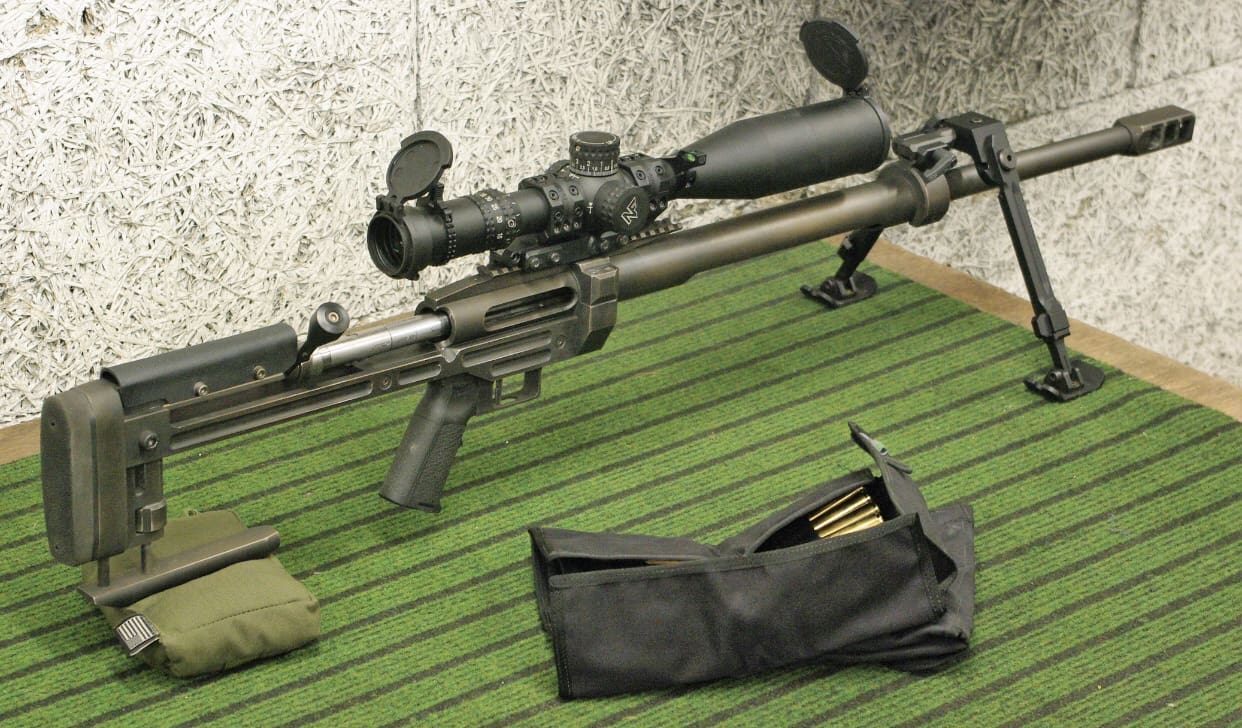
Finally, a few remarks about the rifle. To be able to test the bolt action system, a stock had to be made around it and yes, it works, and no, of course everything has to be different. Pim wants to explain a few things. The muzzle brake is his own design (and very effective – the kickback in .338 is not unpleasant). The installation of the bipod can be reversed, so that it can be fixed at 12 o’clock or at 6 o’clock. The steel hand guard is especially designed for heavy barrels and loads. If anything goes wrong with the weapon, it will be the barrel. The opening at the bottom of the hand guard will then cause broken parts to go downwards and forwards. This was designed especially because of the prototype as all risks should be avoided. Luckily all went well. The construction of the stock will not change much, other than esthetically. The cheek support in this prototype ensures that the bolt cannot be accidentally removed from the weapon; in later versions there will be a bolt stop. A later production version will also be given a magazine. There is no room at the bottom – that’s where the trigger is – so the magazine will probably be placed sideways on the action (very convenient when shooting prone). And if all goes as Pim plans, the owner will get to choose on which side this is. Also the ejection side of the cartridge can be set to the shooters preference. It’s clear, the Ascalon will provide years of craft fun.
